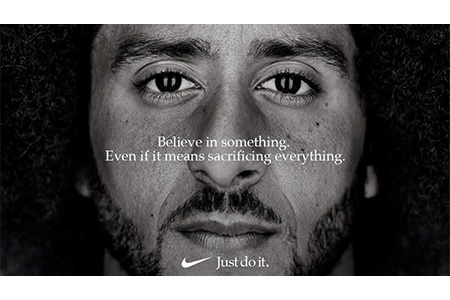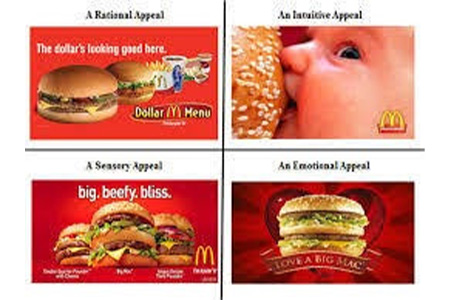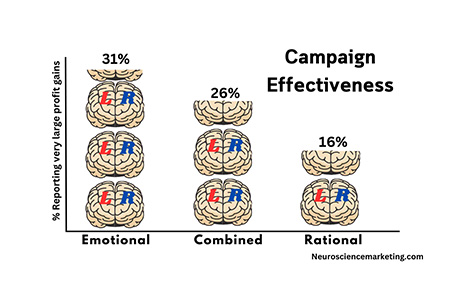What is Emotional Advertising?
Emotional advertising acts as a marketing strategy that employs human emotional reactions like happiness and fear, in addition to nostalgia and sympathy, to create an effective emotional connection with customers. The technique employs the use of storytelling aspects together with emotional triggers as drivers of consumer buying decisions rather than product values or rational thinking. The objective is to create a response that injects brand loyalty and drives decision-making at an unconscious level. Whether it's a family emotional moment or a socially valued commentary, emotional advertising lingers with customers longer. It's particularly strong when brands are attempting to converge on shared values, life milestones, or self. When done right, it doesn't merely sell something, it leaves a permanent mark and an emotional connection to the brand.

What is Rational Advertising?
Reason-based advertising is based on reason, facts, and real information to convince consumers. Reason-based advertising is centered around features, benefits, cost-benefit, and function of a product or service. Instead of addressing the heart, it addresses the brain, thus being suitable for fact-oriented consumers. Reason-based advertising has a tendency to use comparison, facts, and evidence to explain why a product is superior in the market. It functions particularly well in competitive categories such as electronics, finance, or healthcare, when people want facts and transparency. Focusing on fixing actual problems or delivering tangible value, rational advertising earns trust by showing how a brand can satisfy a particular need affordably and dependably.

Emotional vs Rational Advertising
| Aspect | Emotional Advertising | Rational Advertising |
|---|---|---|
| Core Focus | Emotions, feelings, and storytelling | Facts, logic, and product features |
| Goal | Build brand affinity and emotional connection | Persuade with evidence and practical benefits |
| Best For | Lifestyle, fashion, charity, or brand-building campaigns | Electronics, finance, healthcare, or product comparisons |
| Strength | Creates memorable, long-lasting impressions | Encourages informed, confident purchases |
| Potential Drawback | May lack concrete information | Can come across as dry or uninspiring |
| Audience Type | Emotionally driven consumers | Logic-oriented, research-driven consumers |

Summary
Emotional vs rational advertising. Getting to know your audience is important here. Emotional advertising addresses an individual, and most of the time, that feeling will remain with them longer than that product does. It is generally applied when stories are told, advocating brands or campaigns that attempt to touch or move people. A rational advertisement speaks to logic and pragmatism, meaning that rational ads target consumers who prefer dealing with straightforward facts and information before purchasing a product. It builds credibility by showing tangible benefits. Both of these approaches have their use, and the best campaigns typically employ emotional storytelling with a dash of rational messaging. Head and heart balance is essential for telling really good stories that do more than just encourage; they compel.
Frequently Asked Questions (FAQs)
While building a brand image, providing a memorable experience, and selling the product on an emotional basis, advertising should usually resort to emotional appeals.
Rational advertising works best when the buyer requires some specific kind of information in making the decision; for example, it may work best in high-investment purchases, utilitarian purchases, or comparison purchases.
A mixed approach consisting of emotions and rational advertising creates a perfect balance: emotion attracts attention, and credibility comes from facts and reasons to buy.
Emotional advertising can create passionate loyalty toward the brand and stand out, but it becomes ambiguous or useless without backing from the real value of the product.
On the other hand, logical advertising targets fact rational, reliable decision-making but without the least bit of emotion to even create brand distinction in a sufficiently competitive marketplace.



